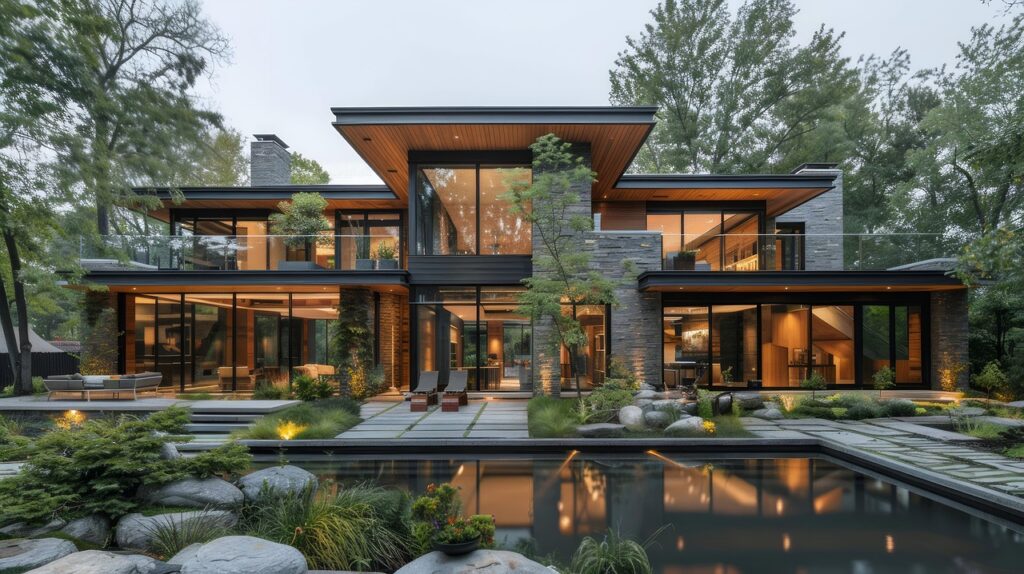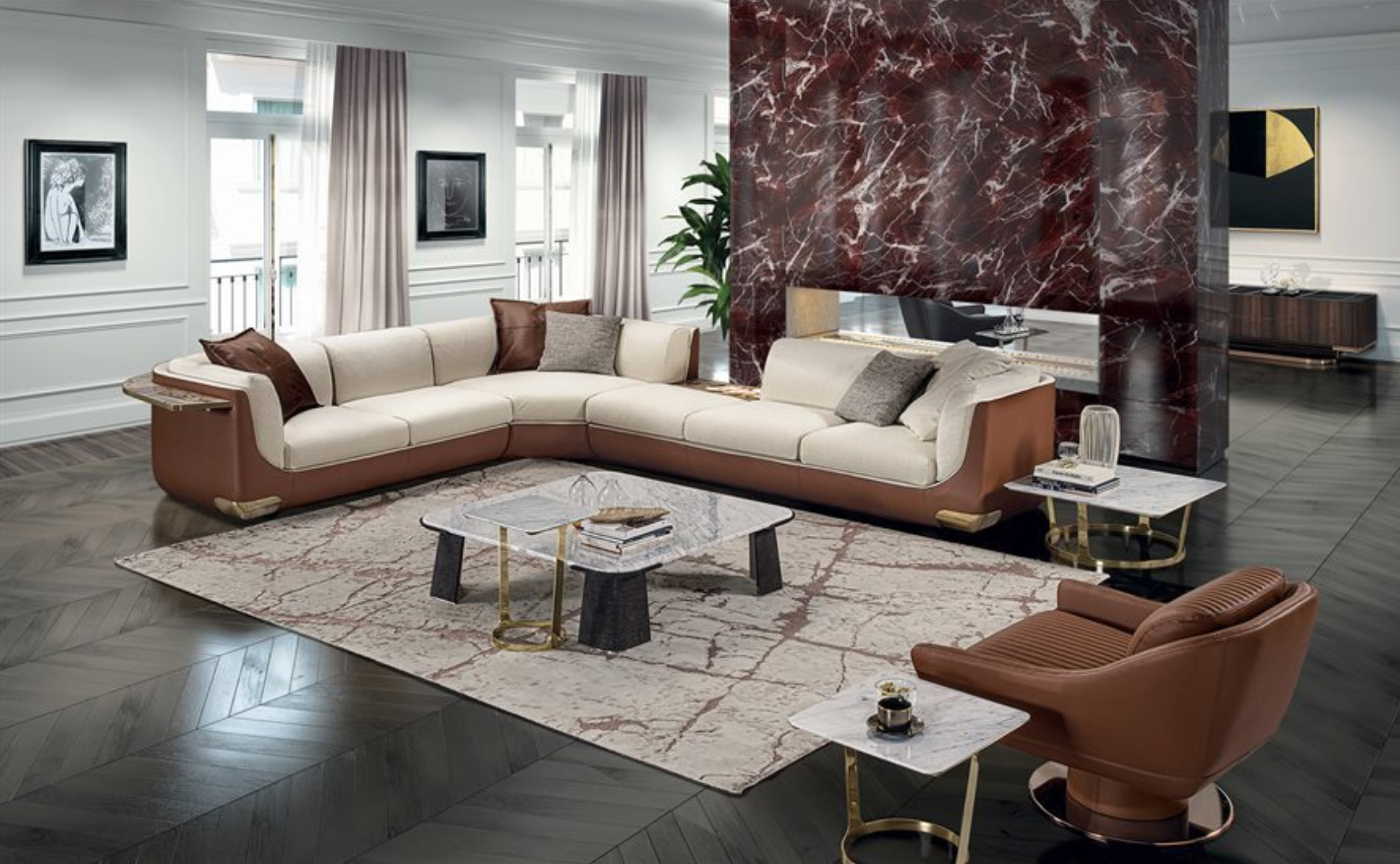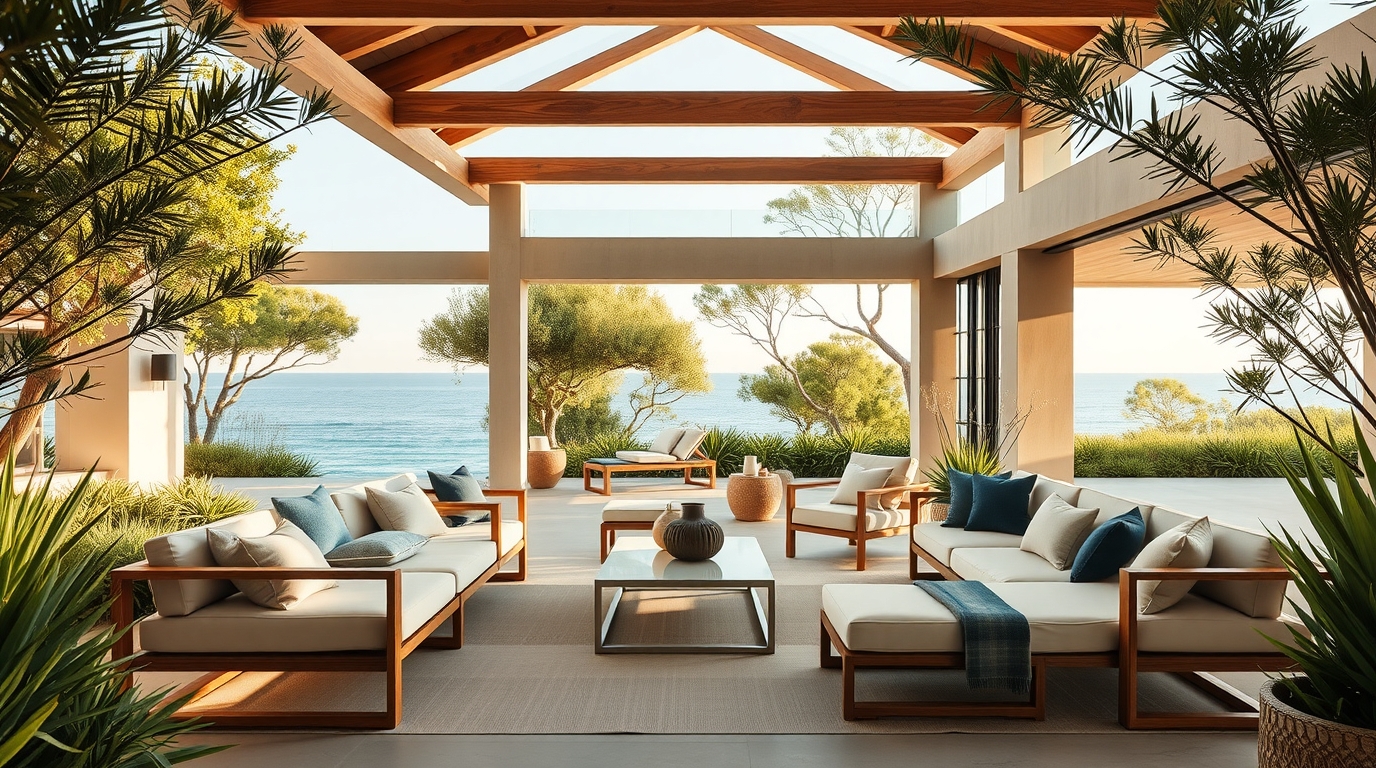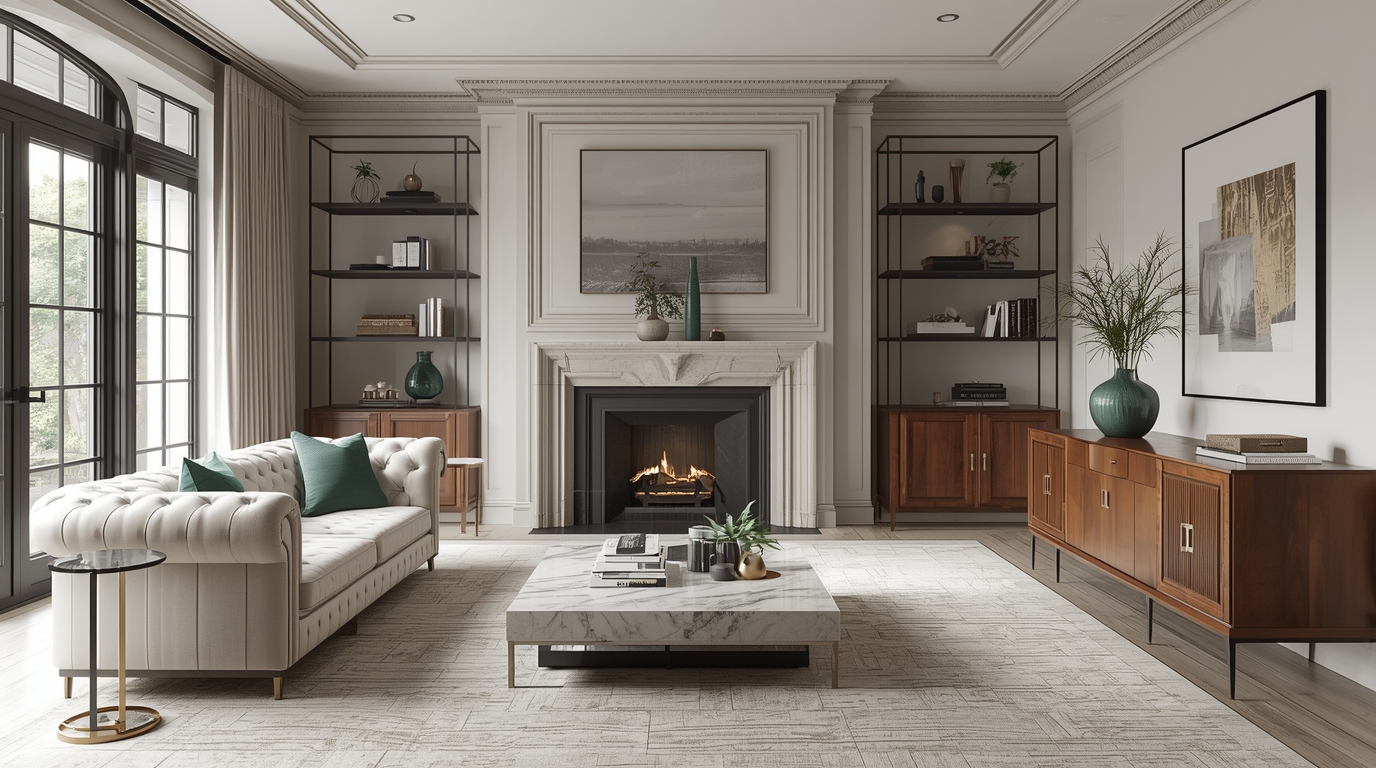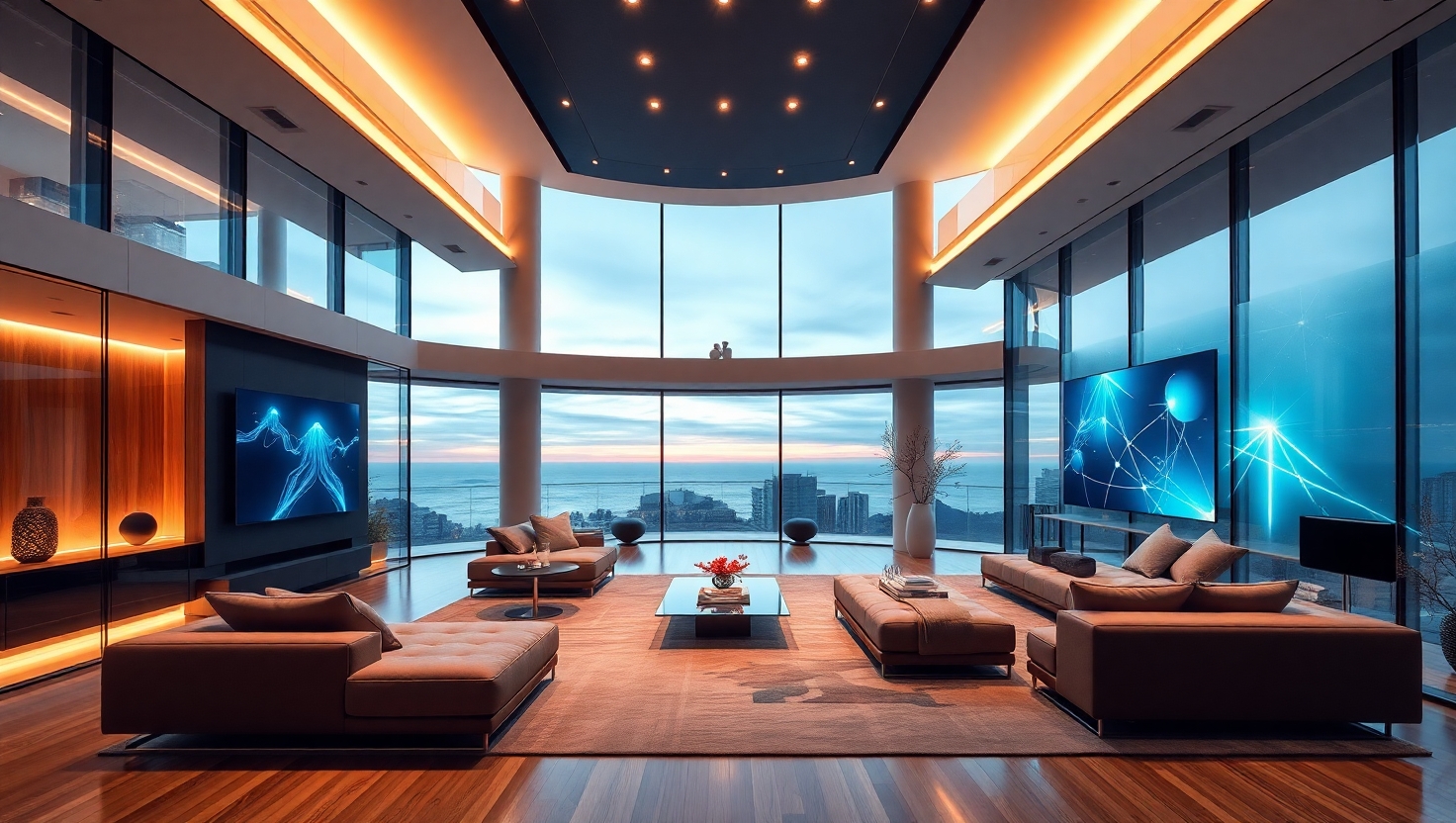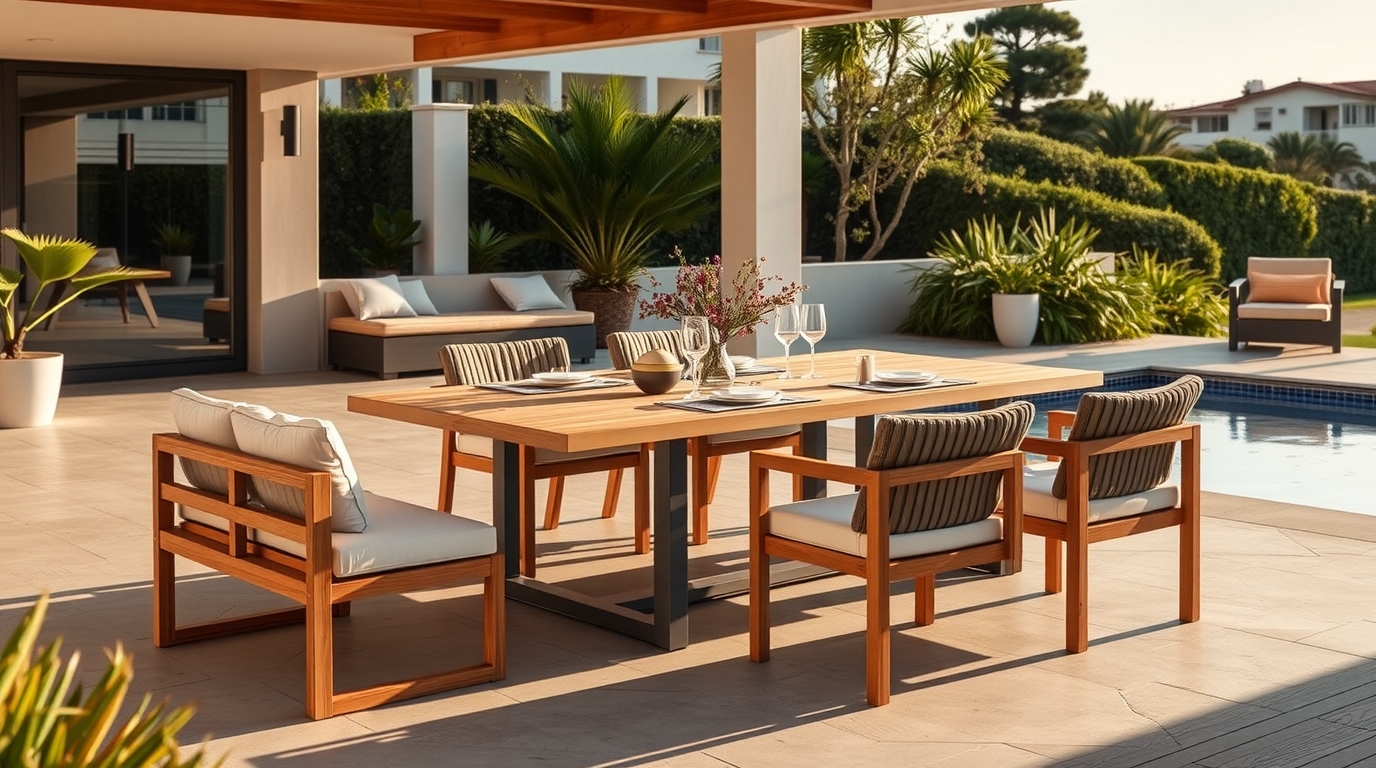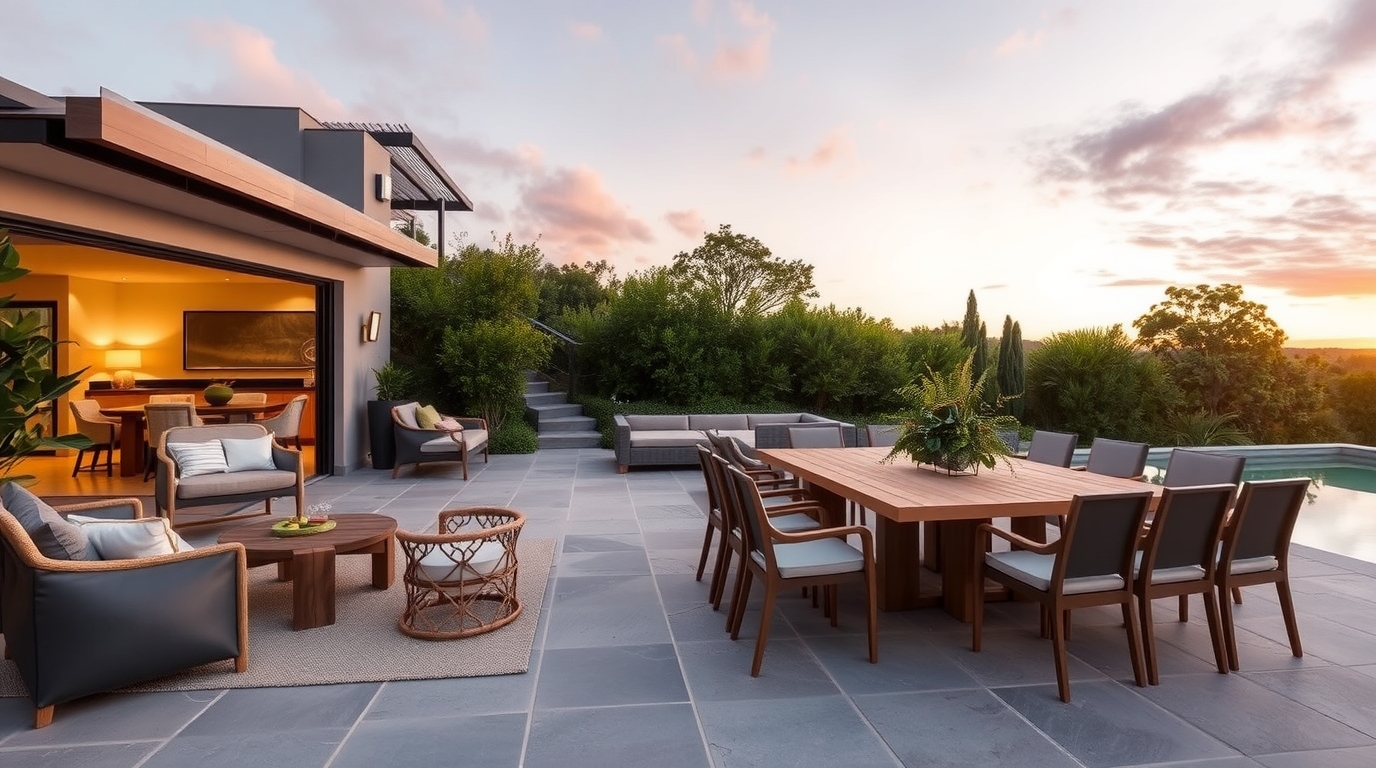According to a comprehensive study on the Global Market for Luxury Furniture, the industry, valued at USD 27.65 billion in 2023, is projected to grow significantly to USD 41.95 billion by 2030. This surge reflects a robust CAGR of 5.67% from 2024 through 2030, attributed primarily to the growing demand for aesthetically pleasing, space-saving, and technologically integrated furniture solutions. Booming real estate development and increasing consumer attention to interior design aesthetics are among the core factors propelling market expansion.
Global Market for Luxury Furniture Statistics:
- Market Value in 2023: USD 27.65 Billion
- Projected Valuation by 2030: USD 41.95 Billion
- Forecast Period CAGR: 5.67% (2024–2030)
- Base Year: 2023 | Historical Years: 201 9–2022
- Leading Region: North America
Urbanization and Space Constraints Shape Consumer Demand for Luxury Furniture
Recent global trends show a marked increase in urban migration. The World Bank reports that as of 2024, more than 56% of the global population resides in urban areas—a figure expected to rise to 68% by 2030, according to the United Nations Conference on Trade and Development (UNCTAD). With cities becoming more crowded, the average living space per individual is shrinking, particularly in developing nations. This dynamic is fostering demand for contemporary luxury furniture that is both elegant and space-efficient.
Modern consumers, especially those in urban environments, seek multi-functional, minimalist, and stylish furnishings that complement compact homes. As living spaces continue to evolve, manufacturers are innovating to meet the growing preference for furniture that combines luxury with practicality.
Real Estate Boom Drive the Luxury Furniture Market Growth
Luxury furniture demand has been further catalyzed by a thriving global real estate market. Rising investments in upscale residential complexes, hotels, and commercial real estate developments have led to a surge in demand for premium interior and exterior furnishing. Architects and developers are increasingly seeking bespoke, high-end furniture pieces that align with a property’s design narrative and elevate its overall appeal.
This demand has fostered strategic collaborations between real estate developers and luxury furniture brands. Top manufacturers are now co-designing furniture lines tailored to specific architectural themes, ensuring an integrated aesthetic for high-end properties. This synergy between sectors is expected to significantly amplify market volume through 2030.
Emerging Trend in the Global Market
Governments across the globe are investing heavily in smart city infrastructure—especially in countries like Saudi Arabia, India, Egypt, and Singapore. These advanced urban ecosystems require high-tech solutions for every aspect of daily living, including home furnishings.
To cater to this tech-savvy demographic, luxury furniture manufacturers are integrating smart technologies into their product lines. Innovations include intelligent beds with sleep-tracking features, adjustable settings, massage functionalities, and temperature-sensitive memory foam. Other examples include LED-lit tables, charging-enabled nightstands, and smart sofas embedded with entertainment controls.
These innovations are not only elevating consumer experiences but also aligning luxury furniture with the broader smart home movement. As connectivity and automation continue to redefine home living, smart luxury furniture is emerging as a growth frontier within the industry.
Segmentation Insights
- By Type (Indoor Furniture – [Bedroom Furniture, Dining Furniture, Office Furniture, Kitchen Furniture, Living Room Furniture], Outdoor Furniture – [Patio Furniture, Rooftop Furniture, Beachfront Furniture, Others])
- By Type of Furniture (Bed, Sofa & Couch, Table & Desk, Chair & Stool, Wardrobes & Dresser, Cabinets & Nightstand, Others)
- By Material (Wood, Plastic, Leather, Others)
- By Distribution Channel (Direct Sales, Indirect Sales, Online Platform)
- By End User (Residential, Offices, Commercial & Retail, Hospitality, Others)
Outdoor Furniture Segment Holds the Largest Luxury Furniture Market Share
Luxury outdoor furniture demand is rising due to growing commercial projects like malls, hospitals, and educational institutes needing premium seating in open areas. Additionally, consumers are investing in landscaped balconies and terraces, boosting sales. The popularity of rooftop dining is another key driver, as new rooftop restaurants worldwide demand durable and elegant furniture. These factors combined are expected to sustain outdoor luxury furniture’s lead in market share through 2030.
Regional Outlook
Geographically, the Global Luxury Furniture Market expands across:
- North America
- South America
- Europe
- The Middle East & Africa
- Asia-Pacific
Asia-Pacific to Experience Substantial Luxury Furniture Industry Revenue Growth
Asia-Pacific is projected to witness strong luxury furniture market growth, fueled by expanding commercial real estate and startup ecosystems. Countries like India and Australia are attracting greenfield investments, prompting developers to build more offices. As companies scale, demand for premium, multi-utility furniture to furnish these spaces is growing. Real estate developers prefer high-end furniture to boost property value and rental appeal, significantly contributing to market expansion in the region.

